This map shows the US really has 11 separate 'nations' with entirely different cultures
Yankeedom

New Netherland
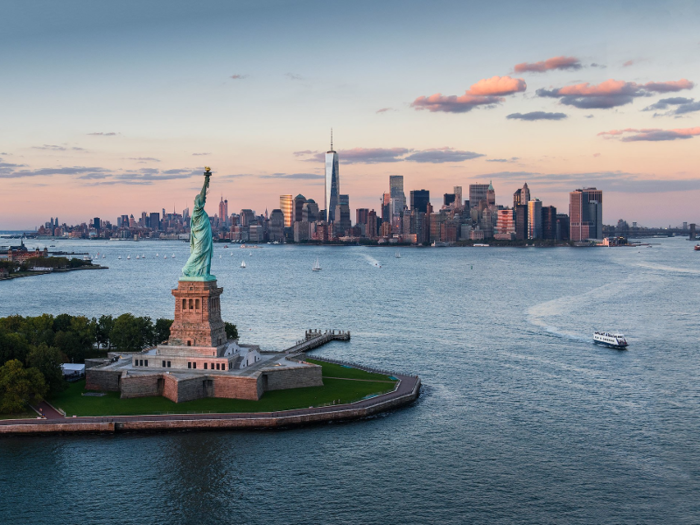
New Netherland is Woodard's name for the greater New York City area — encompassing the city itself as well as northern New Jersey and part of Connecticut.
The area was settled by the Dutch and retained many of the values that made the Netherlands a paragon of Western civilization. Today, the region is a hub for global commerce and, as Woodard put it, has "a profound tolerance for ethnic and religious diversity and an unflinching commitment to the freedom of inquiry and conscience."
The region is "a magnet for immigrants, and a refuge for those persecuted by other regional cultures," he said.
The Midlands
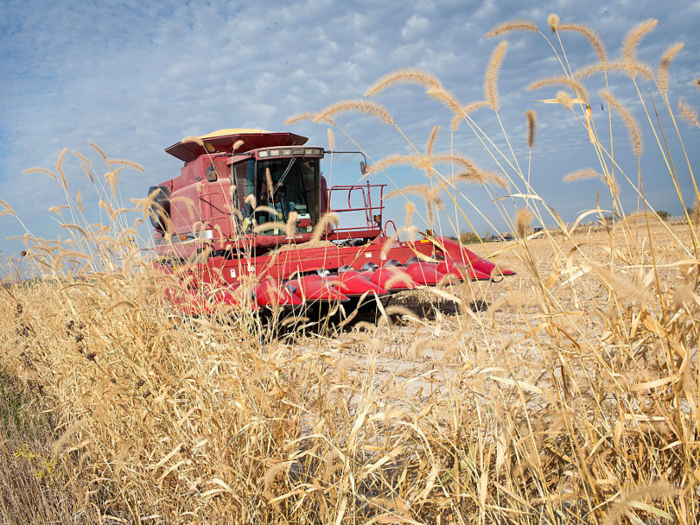
The Midlands are "America's great swing region," Woodard wrote, citing the region's ethnic diversity and politically moderate views.
According to Woodard, the region extends from Quaker territory in Pennsylvania and Delaware through populated Midwestern areas in Ohio, Indiana, and Illinois, down through the Plains states of Iowa, Nebraska, and Kansas, and stretching out to include parts of Oklahoma, the Texas Panhandle, and New Mexico. It includes some of what we consider the American Heartland and Middle America.
Midlands society is "pluralistic and organized around the middle class," Woodard wrote. People here reject government intrusion.
Tidewater
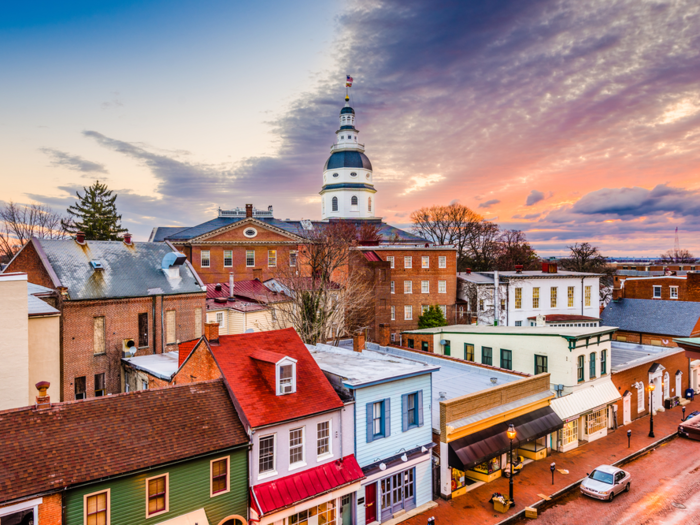
The Tidewater region includes coastal areas of colonial states such as Maryland, Virginia, and North Carolina.
The region began as a feudal society that embraced slavery, and to this day values respect for authority and tradition. Equality and public participation in politics are less of a priority.
Woodard wrote that the region is in decline in part because of the "expanding federal halos around DC and Norfolk."
Greater Appalachia

Greater Appalachia comprises the area from southwestern Pennsylvania and West Virginia, down through the lower Midwest, down through Kentucky, Tennessee, Arkansas, and into Oklahoma and Texas.
Woodard describes the Greater Appalachian culture as "characterized by a warrior ethic and a commitment to personal sovereignty and individual liberty."
The region has shifted alliances, siding with the Union during the Civil War, but currently aligning with Southern states in their opposition to federal overreach. People from this region are generally "intensely suspicious of lowland aristocrats and Yankee social engineers alike."
Deep South
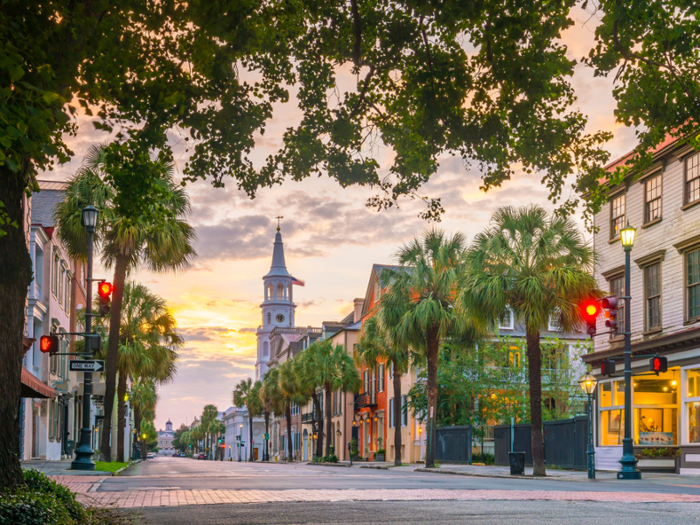
The Deep South traces its roots to slave societies in the West Indies, where democracy was reserved for the privileged and many were resigned to a life of servitude, Woodard wrote.
People in the Deep South tend to fight against the expansion of federal powers, taxes on the wealthy, and corporate and environmental regulations.
On Woodard's map, the Deep South spans from rural North Carolina, through South Carolina, Georgia, northern Florida, Alabama, Mississippi, northern Louisiana, and eastern Texas.
New France
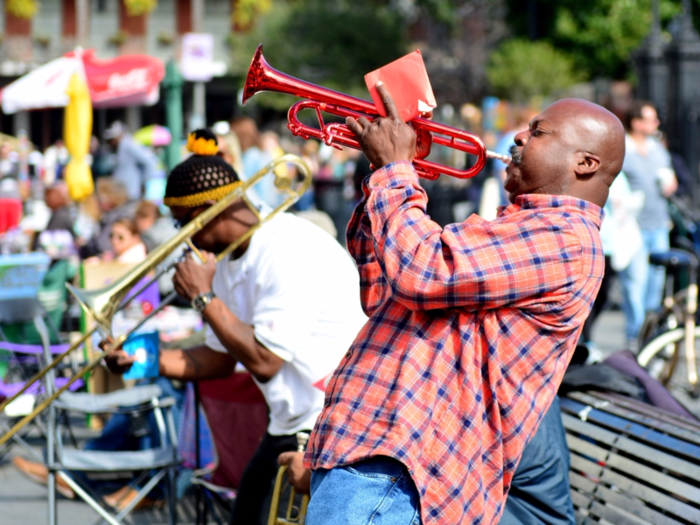
The New Orleans area, a progressive hub nestled in the Deep South, makes up what Woodard calls New France, as does the Canadian province of Quebec.
"After a long history of imperial oppression, its people have emerged as down-to-earth, egalitarian, and consensus driven, among the most liberal on the continent, with unusually tolerant attitudes toward gays and people of all races and a ready acceptance of government involvement in the economy" Woodard wrote of New France.
People in this multicultural region tend to be comfortable with government involvement in the economy, he said.
El Norte
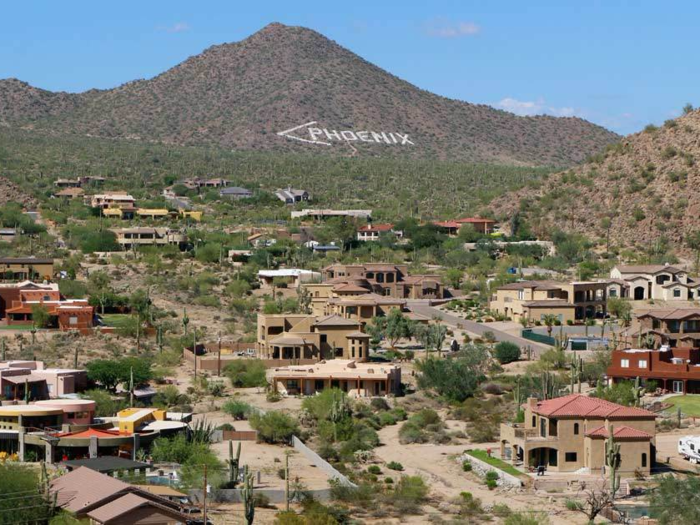
El Norte, comprising southwestern Texas and the Mexican border regions in New Mexico, Arizona, and California, is "a place apart" from the rest of North America, Woodard wrote.
Thanks to its roots in the Spanish Empire, Hispanic culture dominates in El Norte, and people here "have a reputation for being exceptionally independent, self-sufficient, adaptable, and focused on work."
Woodward called the region "a hotbed of democratic reform."
The Far West
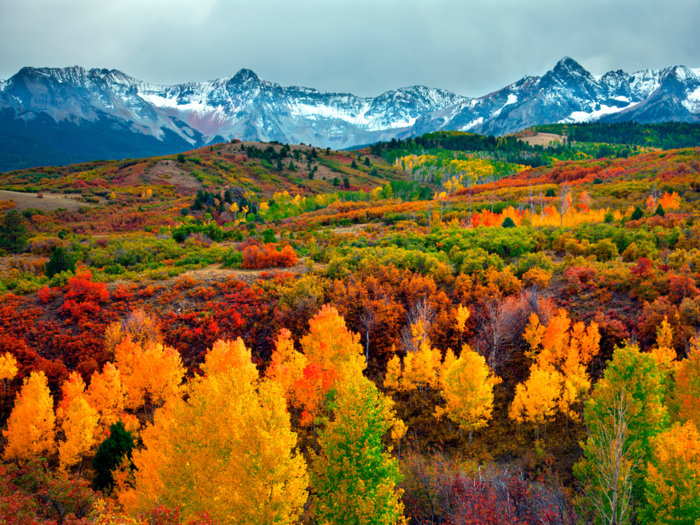
Comprising the Great Plains and the Mountain West, Woodard's Far West region "occupies the one part of the continent shaped more by environmental factors than ethnographic ones."
Settlement in the Far West was directed by big-city corporations with railroads and mining equipment, leaving people here "resentful of their dependent status," Woodard said. Today, Far Westerners direct their ire at the federal government.
The Far West includes land in the western Dakotas, Nebraska, Kansas, Montana, Wyoming, Colorado, Utah, Idaho, Nevada, Arizona, New Mexico, and the eastern halves of Washington, Oregon, and California. It also includes Anchorage and Fairbanks, Alaska.
The Left Coast
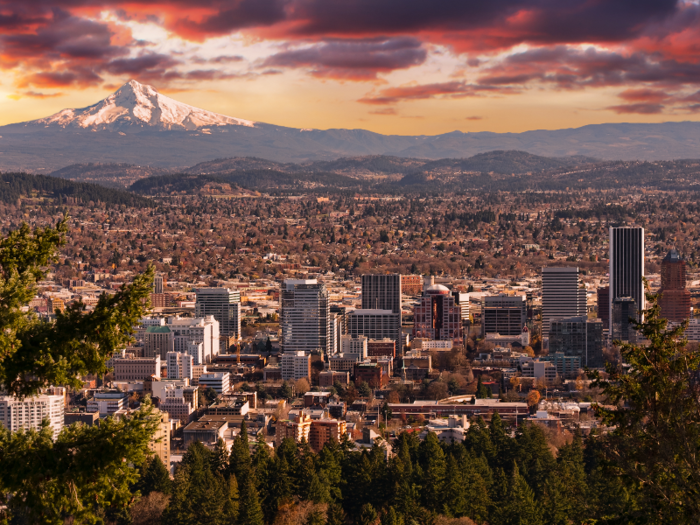
The Left Coast is the sliver of land that runs up the Pacific coasts of California, Oregon, and Washington, and also includes Juneau, Alaska, and coastal British Columbia.
The region was settled by both New Englanders and Appalachian midwesterners, and as a result, "Left Coast culture is a hybrid of Yankee utopianism and Appalachian self-expression and exploration," Woodard wrote.
The Left Coast is a staunch ally of Yankeedom, and people here often clash with people from the interior portions of their home states.
First Nation
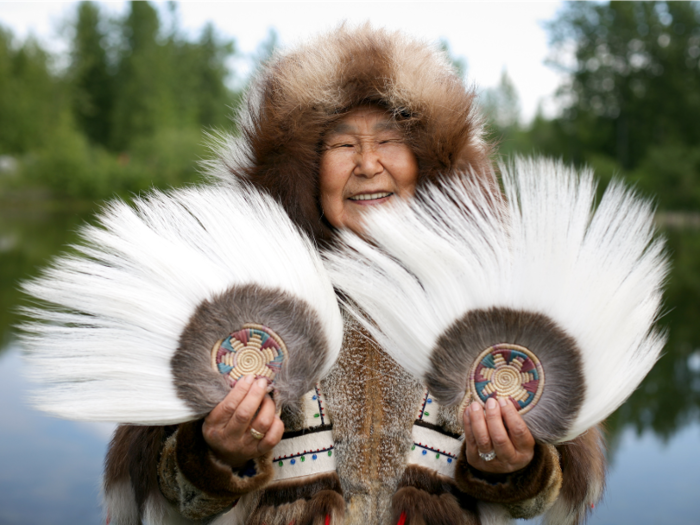
The largest but least populated of Woodard's nations is First Nation — the region comprising native groups that never gave up their land to white settlers. They mostly reside in harsh Arctic areas in Alaska and northern Canada.
People from these groups "have largely retained cultural practices and knowledge that allow them to survive in this hostile region on their own terms," Woodard said.
This is an updated version of an article by Matthew Speiser.
Popular Right Now
Popular Keywords
Advertisement